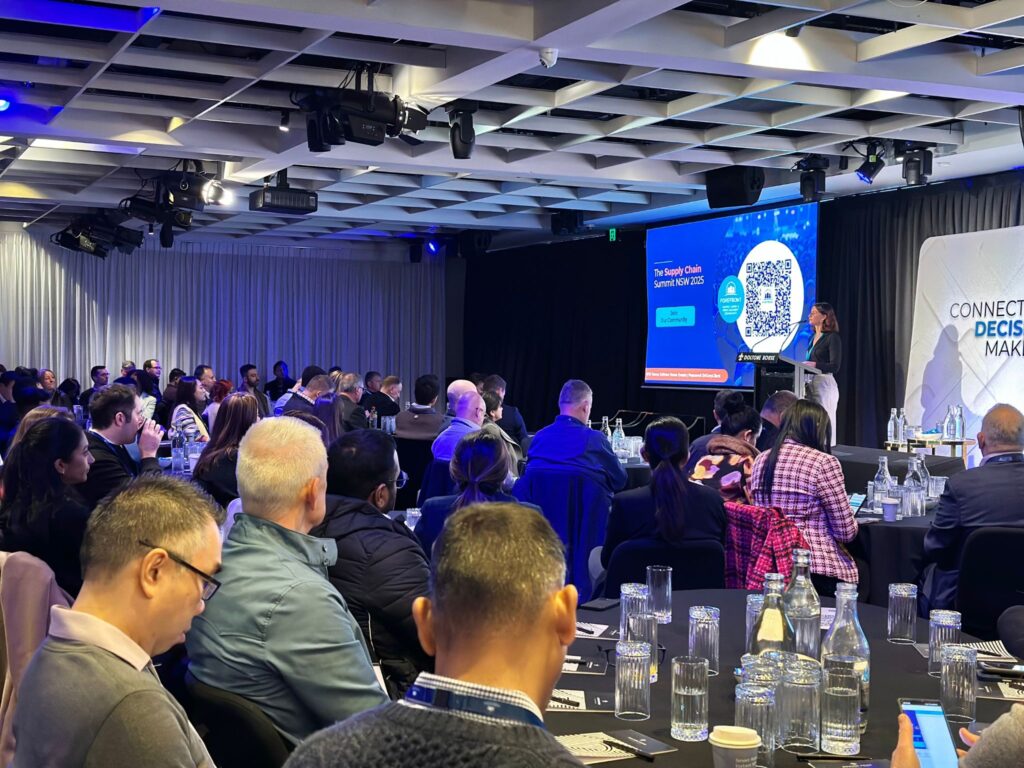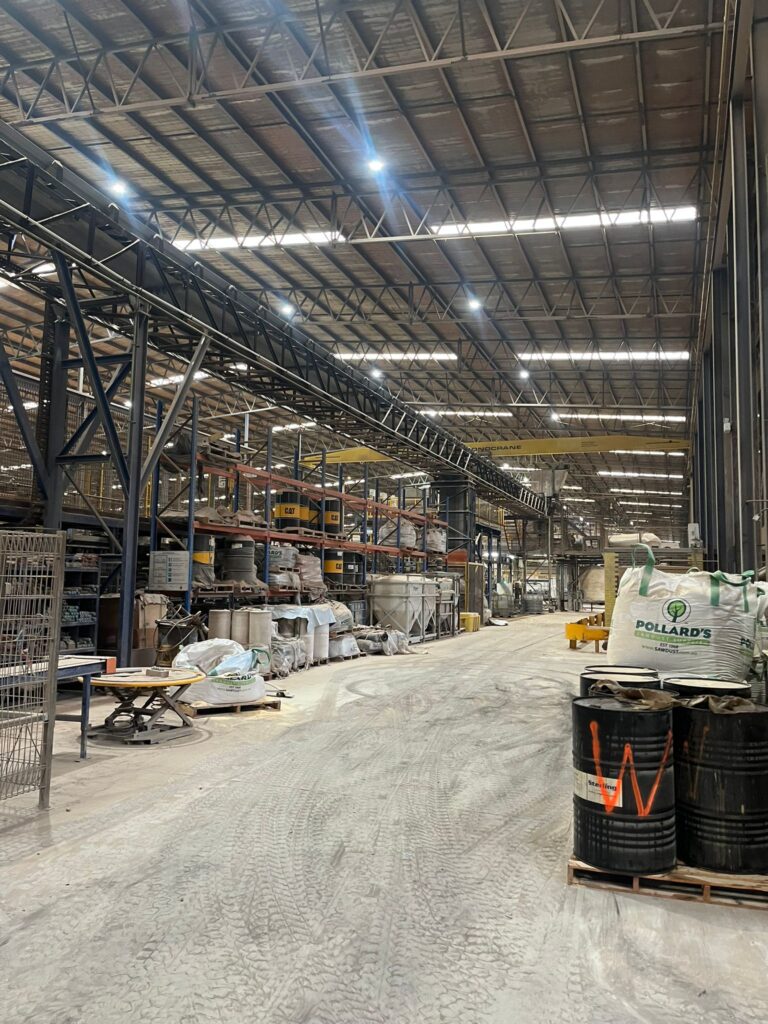What should businesses focus on in their online evolution?
The retail landscape in Australia is changing, and many companies are struggling with poorly performing supply chains as the need to provide an omni-channel service via online, click and collect and retail stretches their existing supply chain operations. Online sales in particular are growing quickly, with purchases of physical goods in Australia increasing 11.5% from 2016 to 2017[1], in a market worth $17.7 billion[2]. New market entrants such as Amazon and Costco are offering a wider selection of products at a lower cost, in many cases with fast and free delivery included.
Many Australian retailers are moving towards true omni-channel retail in response to these changing market conditions, but are struggling to cope with balancing bricks-and-mortar business as usual with satisfying the growth of online sales channels.
Problems that arise from this trade-off often centre around distribution centre operations which were designed for traditional retail rather than online fulfilment. DCs are struggling to prioritise picking schedules, allocate manpower, and keep costs within budget. Transport operations are subcontracted to third parties, adding another layer of complexity to the supply chain. This often results in issues such as difficulty with accurately calculating shipping costs to be passed on to the consumer, or a lack of coherence in delivery tracking information available to the recipient. 
We have seen delivery times to customers severely impacted by these issues, resulting in customers not receiving their goods for up to 16 days in busy promotional periods. This contrasts with next or same day delivery offered by ecommerce sites like Amazon. When customers are faced with delays and additional frustrations around missed deliveries and complex and expensive returns processes, they are ever more likely to turn to a competitor to meet their requirements.
So, what can be done to optimise cost to support online sales growth without building entirely new supply chains?
Over the past three years Crimson & Co has guided leading Australian retailers on their individual journeys to reducing the complexity of operating multiple channels to the customer. Every company and facility has different challenges to address, however the themes are very similar and usually it is not significant investment that is needed, but an optimisation of the current facilities’ workflows and operational models.
We always begin with an assessment of current operations using our in-house developed scprime® tool, which allows an end to end assessment of your operations, systems and capabilities to be completed within 2-3 weeks. With you we then prioritise the changes needed to help improve your operational performance, reduce costs and remove complexity, all of which allow you to compete to your best capability in the marketplace.
If you are unsure how or where to start or optimise your omni-channel journey, please contact [email protected] to discuss how we can help.
[1] https://acquire.startrack.com.au/pdf/Inside%20Australian%20Online%20Shopping%202017.pdf
[2] Australian Bureau of Statistics (ABS) Retail Turnover






